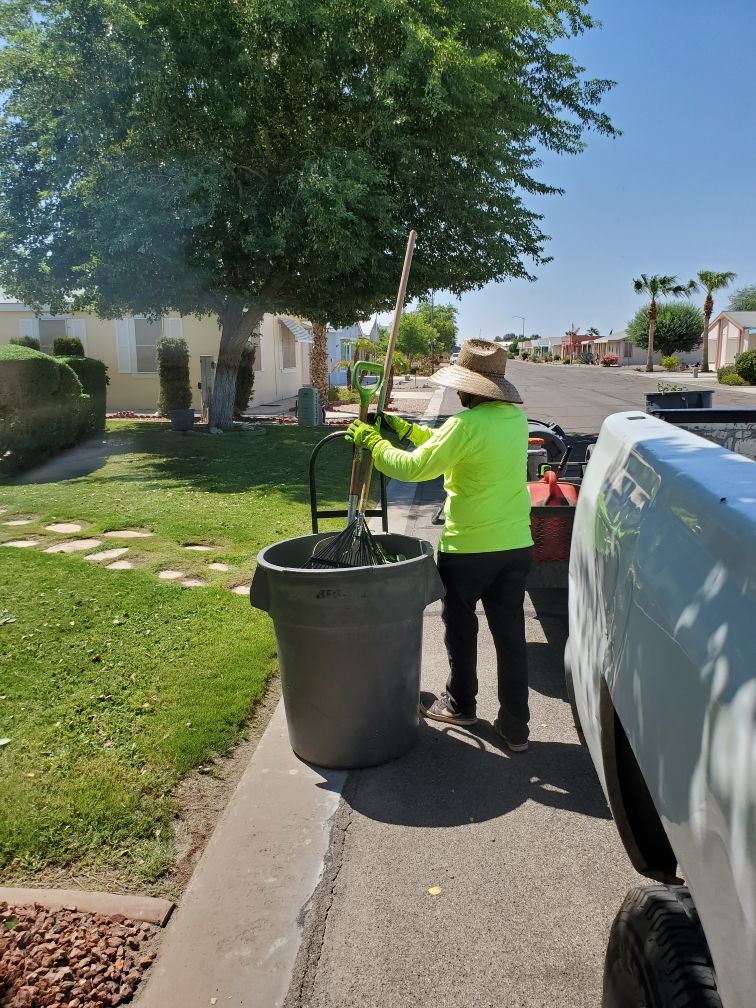When it comes to creating a gorgeous and useful outdoor space, homeowners often find themselves navigating the intricate world of landscaping. At the center of this process lies two essential elements: hardscaping and softscape design. Hardscape refers to the non-living elements in your landscape, such as patios, walkways, and stone walls, in contrast softscape encompasses the living aspects, including plants, flowers, and trees. Striking the proper equilibrium between these two elements can transform your yard into a breathtaking oasis that demonstrates your personal style while serving your lifestyle needs.
Understanding the distinct benefits of both hardscape design and softscaping is essential for boosting the potential of your outdoor space. Landscaping professionals can provide valuable insights and help avoid typical mistakes that home improvers often meet. From enhancing property value to improving aesthetic appeal, the proper approach to landscaping can offer perpetual rewards. As we delve into the craft of balancing hardscaping and softscaping, we will explore effective tips and advice that will enable you to cultivate a yard you can be proud of, while also considering eco-friendly practices that benefit the planet.
Understanding the Importance of Expert Landscaping
Choosing expert landscaping may greatly enhance the attractiveness and functionality of your property. A thoughtfully crafted landscape not only improves the aesthetic of your residence or commercial space but additionally contributes to your entire living experience. Expert landscapers have the skills to create breathtaking designs that incorporate hardscape elements like patios, paths, and al fresco dining areas, harmoniously integrating them with softscape features such as gardens and lawns. This harmony is essential to creating appealing outdoor spaces that are both beautiful and functional.
One of the primary benefits of hiring a landscaping service is the specialized expertise they bring to the table. Experts understand the unique needs of your land, including soil composition, weather patterns, and the best plant selections for your area. They can also recognize common landscaping blunders that homeowners often make, helping you avoid costly errors that could lower your landscape's appeal. By leveraging their know-how, you can obtain a unified design that boosts your property's appeal.
Moreover, expert landscaping is a prudent investment when it comes to enhancing the value of your home. Research indicates that well-maintained landscapes can add substantial worth to properties and business properties. In many cases, a carefully landscaped property can see a return on investment of up to 15 percent or more. This increase not only makes your property more desirable to prospective buyers but also distinguishes it in a challenging market. By making the decision to favor expert landscaping, you are prepared to reap lasting rewards, not only in pleasure and profit.
Crucial Yard Care Practices
To preserve a lush lawn, regular mowing is important. Keeping your grass at the ideal height promotes healthy growth and enhances the turf. Mowing Grounds Maintenance North Yorkshire when it’s dry allows for clean cuts and limits stress on the plants. Aim to mow at a taller setting during the warmer months to encourage more extensive root growth and shade the soil, which helps hold moisture and limit weeds.
Irrigation is another vital element in lawn care. Established lawns generally require about one inch of water per week, including rainfall, to stay healthy. It is ideal to water early in the morning or late in the evening to minimize evaporation. Using a sprinkler system with a timer can ensure your lawn receives regular moisture without overwatering, which can lead to issues like fungus and poor root systems.

Nutrient application is essential for supplying your lawn with the nutrients it needs to thrive. A well-rounded fertilizer applied at the correct times of the year can enhance growth and color. Early spring and fall are optimal for applying fertilizer, as the grass actively grows during these periods. Make sure to follow the manufacturer’s guidelines to avoid too much fertilizer, which can harm the environment and your lawn’s health.
Sustainable Garden Solutions
Utilizing green landscaping solutions is crucial for designing eco-friendly outdoor spaces that flourish while minimizing environmental impact. Utilizing indigenous plants is a primary strategy, as these species are perfectly suited to local climates and require less water and maintenance. By selecting native vegetation, homeowners can diminish their dependence on chemical fertilizers and pesticides, building a healthier ecosystem that nurtures local fauna, particularly bees and butterflies.
Another successful approach is implementing xeriscaping, that focuses on creating a landscape that requires minimal irrigation. By selecting drought-resistant plants and employing efficient irrigation methods, homeowners can save water while preserving a stylish and vibrant yard. Mulching flower beds and gardens also improves water retention in the soil, cutting down the need for frequent watering and boosting the overall health of the garden area.
In conclusion, integrating hardscaping elements like porous patios and walkways contributes to sustainable landscaping by promoting proper drainage and lessening runoff. These features not only improve the visual appeal of the outdoor area but also mitigate erosion and water pooling issues. By implementing these sustainable landscaping methods, homeowners can achieve a balance between beauty and environmental stewardship, leading to healthier properties and communities.
